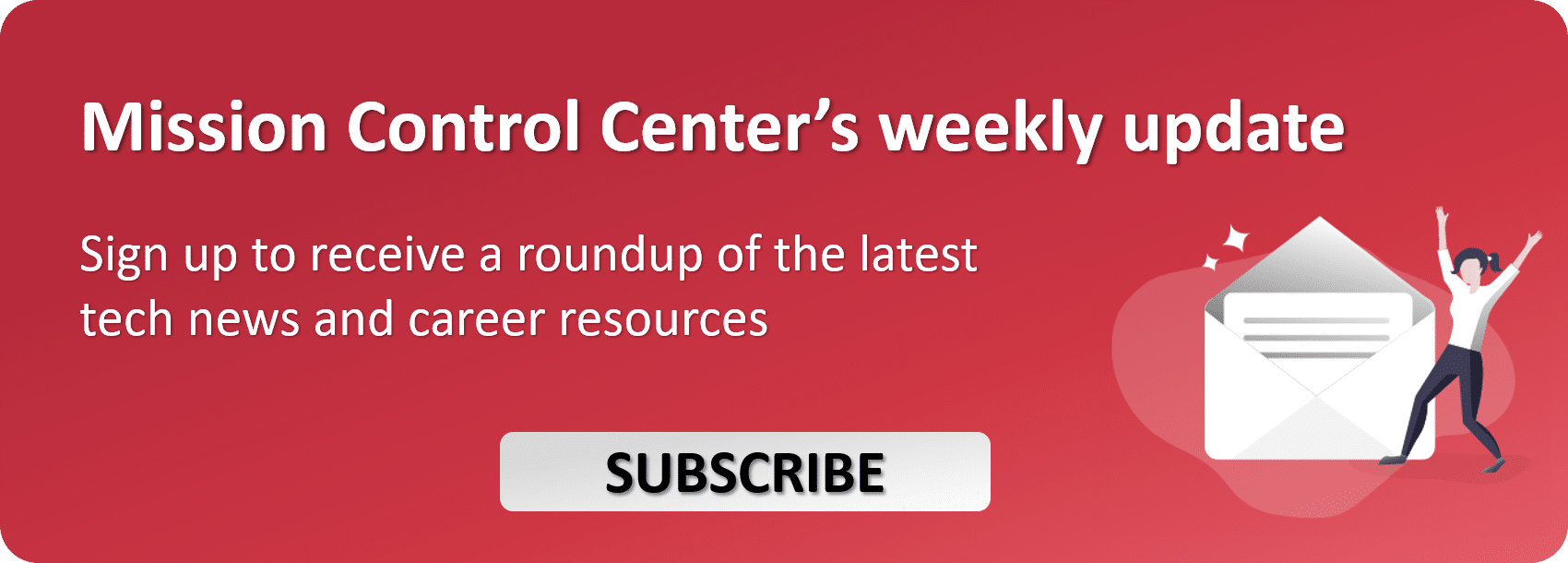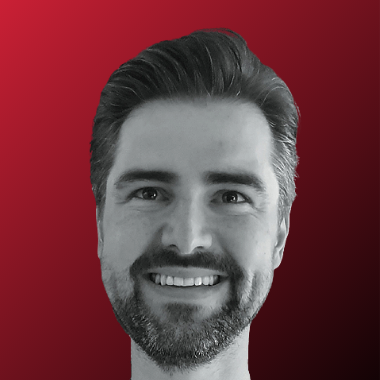The first part of the interview with Microsoft cloud solution architect Wesley Backelant to discuss his career trajectory and share some tips on how you can gain new skills and become a self-made IT pro like him.
A Microsoft insider, Wesley Backelant is a Belgian cloud solutions architect who works together with the company’s customers to engineer and deploy impactful data and advanced analytics projects. Among other things, Wesley is an expert on the various components of the Azure AI platform. He is also a frequent speaker at numerous community events and regularly shares Azure news and tips.
Check out the second part of the interview
So, Wesley, tell us a bit about your professional trajectory. How did you get started in your career?
I’m actually what they call a self-made man. I started studying ICT or IT, but I had been doing an internship at a company during high school, and that’s the company I got started in. They were looking for someone to help them and support them with software development and, because I worked there as an intern, they asked me to go work with them in my first year of university. They offered to teach me. There were some very senior people working there, who knew everything about development and so on. So, I left my studies and joined the company.
I decided to do that the first year because, to be honest, the education system in Belgium at the moment was not that strong at this level, so I was kind of frustrated. I finished high school and I thought, okay, now I am going to study IT stuff, I am going to learn how to program, and when I got there, there was a lot of stuff that I had to do that was completely unrelated to IT. There was accounting, economics, different languages. It was all super interesting, of course, but I was there to learn how to develop, and even when we did that, it was only old school stuff that we learnt, COBOL, and so on.
When I got that opportunity to get hands-on, I said, okay, let’s do this. It was a leap of faith too, but it turned out to be okay! A small company, so I was the IT department together with a few colleagues. We did a bit of everything.
Interview with Wesley Backelant from microsoft: What sort of career path eventually took you to become a cloud architect at Microsoft?
Well, sometime after that, I started getting interested in the database side of things, more than on development. I needed bigger challenges, so I got into outsourcing to have more variation, customers and technologies to get in touch with.
Learn more about Microsoft Technologies Careers Overview
I then had the opportunity to become a database architect at a large enterprise in Belgium, and I took it because I knew they were hosting one of the most transaction-intensive SQL environments in Belgium at that moment. I thought it would be a great learning opportunity, which kind of proved to be true, because it put me on the next level of data, focusing on database design, performance tuning, and so on. They were also looking into some business intelligence solutions and, given my passion for data, I had been doing some reporting services work. We implemented together with a colleague the first reporting solution there, and that’s how I got into contact with some people at Microsoft. I figured that, with that experience, it was the right time to apply for a position at Microsoft, as they were looking for a pre-sales for their data and BI.

Back then I was not really a BI specialist, I was more focused on the database engine, but I figured, hey, new stuff to learn, fantastic, let’s take that leap. It was the same year I first saw the demo for what back then was called Red Dog, which is now known as Azure, at an internal event. Looking back, it was hard to imagine. It was the early, early days of Azure, and, seeing that demo, it was still hard to grasp what cloud would mean nowadays.
It was fun being there. Being at the birth of Azure, so to speak, put me in a nice position. I actually grew up and worked together with Azure at Microsoft, meaning that I was blessed to be able to go through this whole cycle of innovation and new services coming up. You know, looking back at something like SQL Server 6.5 and what keeps me awake at night today, it’s really amazing. We are so far from the traditional idea of the database now.
What educational resources do you turn to as someone who is constantly learning new things?
Well, at Microsoft there’s a huge focus on learning these days. It’s one of the key priorities to make sure everyone is up-to-speed with technology. Especially with our roles as cloud architects, we need to be ahead of the curve in many ways. But it’s a broader concept, of course. Everyone at Microsoft needs to at least have some part of technical knowledge, and there’s a strong push for that. Most of that is coming from Microsoft learn these days, which is also open for external people, so I really would encourage people to look at it, as there is great content on the platform.
Additionally, I like to look at blogs, from the official Microsoft blogs to the heroes in the industry. For me that’s actually the queue, when I see something on a blog post, I say, okay, let’s see how can I learn this, how can I get my hands dirty with this.
Is that what you tend to favour, a more practical approach to education?
What I’ve noticed works best for me — I have these “production-like” pet projects. It could be something you do at home, but where you try to have a scenario in mind. Playing with technology is one thing, but you only start to learn when you have requirements, I think.
At first, I had zero knowledge of Linux, for example. I saw it was going to become important. Since I had a server at home running Windows, I decided to make it a Linux server – that was before cloud, to be clear – so I said, okay, let’s use Linux, let’s start building RAID arrays, save some pictures on a central server, etc. I broke the server several times. Luckily, I had backups, thanks to experience. I think I had to re-install it like 3 times because I did something wrong with permissions and partitions in Linux, but that’s learning.
The point is that you need something that has real requirements so that you challenge yourself to try new things. And for me that’s what works best, getting your hands dirty with technology. It, of course, starts by reading and learning the basics. But then you need to start pushing yourself.
Check out more of our interviews from our podcast episodes.
You can follow Wesley on Twitter and LinkedIn.
Also, make sure to check out his blog: My long term memory for data and development related information.
